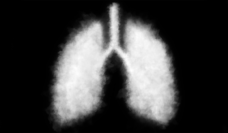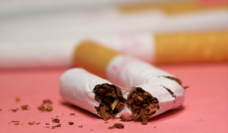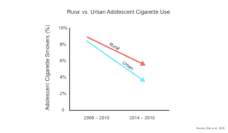Smokers aren’t the only ones who suffer the consequences of using tobacco. Regular inhalation of secondhand smoke increases risk of asthma, cancer, and cardiovascular disease. Secondhand exposure is so common that one in every four nonsmokers spends time with someone who smokes. People receiving federal housing assistance are among those with the greatest risk of inhaling secondhand smoke.
To address this risk, the US Department of Housing and Urban Development (HUD) implemented smoke-free policy requirements for public housing properties in 2017. HUD recommends that these policies be tied to tenant lease agreements, with violations addressed similarly to other lease violations.
Lorna Thorpe and colleagues evaluated whether these policies actually reduce secondhand smoke exposure. They monitored and compared air quality between public housing owned by the federal government and privately owned Section 8 housing not subject to HUD policy. The researchers monitored the homes of nonsmokers as well as two random hallways and stairways both immediately before policy implementation and also a year later.
The graphic above demonstrates that airborne nicotine in stairwells and hallways decreased in public housing while apartment exposure remained relatively unchanged. The HUD smoke-free policies had little impact on secondhand smoke exposure overall.
The researchers suggest that policymakers will fail to achieve their goals without provision of adequate enforcement, incentives, and education to motivate meaningful change. A smoke-free policy alone cannot teach someone how to quit smoking; even well-intentioned individuals might have difficulty complying with a policy if they do not have the tools to quit.
Databyte via Thorpe LE, Anastasiou E, Wyka K, et al. Evaluation of Secondhand Smoke Exposure in New York City Public Housing After Implementation of the 2018 Federal Smoke-Free Housing Policy. JAMA Netw Open. 2020;3(11):e2024385.














